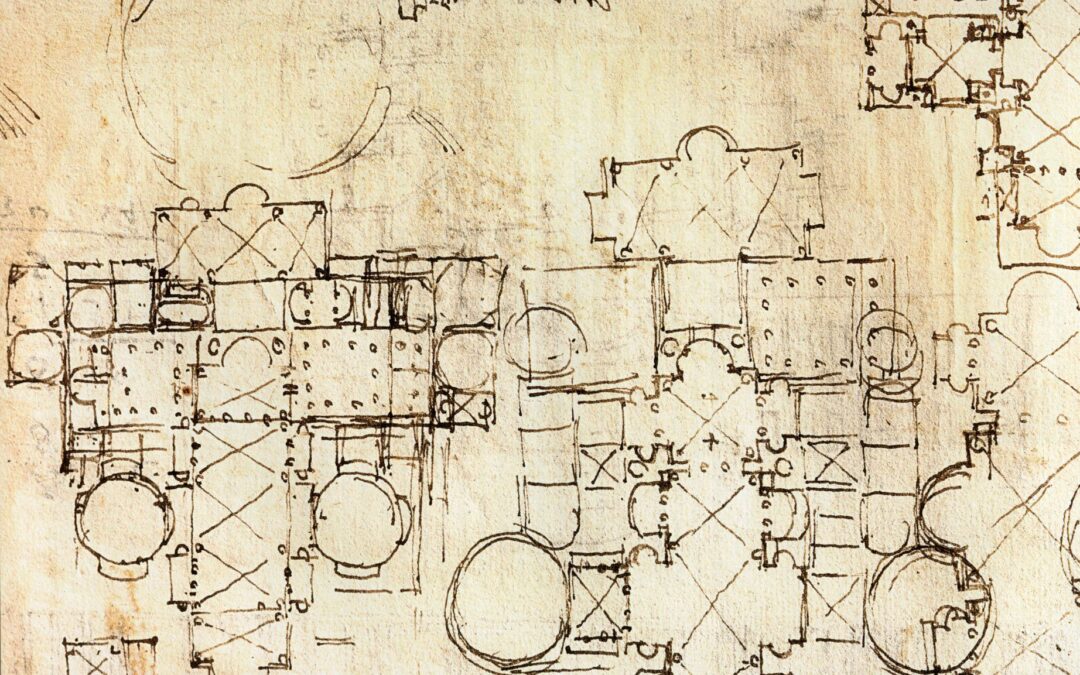“What is to be done?” my friend asked. We had been discussing the rather low current state of architecture, countless glass boxes, undisciplined and arbitrary designs, a profession at sea. We have been here before. Because fashion is an unavoidable aspect of architecture—not the main thing, but always lurking in the background—architecture does not evolve steadily like science or technology, it swings back and forth and occasionally gets grounded. That happened in the United States in the late nineteenth century, and it took a Richardson and a McKim to shake it out of its lethargy. Something similar happened in the 1970s, after the International Style had worn itself out. James Stirling put it well when he said at the time “The language itself was so reductive that only exceptional people could design modern buildings in a way that was interesting. It got stuck and it will have to unstick itself to move one.” Stirling, along with Graves and Venturi, looked to the past to help with that unsticking, but the result—Postmodernism—proved thin gruel. Can digital computing provide a more substantive answer? Proponents trumpet the virtues of “parametric architecture,” but design technology (the pencil?) and constructional breakthroughs (reinforced concrete?) have rarely moved the architectural needle. So what does? A fortuitous confederacy of talents helps: Brunelleschi, Alberti, and Bramante in the Renaissance; McKim, Burnham, Saint-Gaudens and others in the American Renaissance; Corbusier, Mies, and Aalto in the early Modern Movement. This doesn’t always work: the emergence of gifted architects such as Rudolph, Kahn, and Van Eyck, in the 1960s proved insufficient. A necessary—though not sufficient—condition for creating architecture is wealth and stability, so disruptions to these can sometimes unstick worn-out thinking: the collapse of the Roman Empire, the rise of European city states, the First World War. Whatever the cause, unsticking architecture, when it occurs, is usually unforeseen, unplanned, and contingent. We shall have to wait and see, I told my friend. I’m not sure that he found that very helpful.


